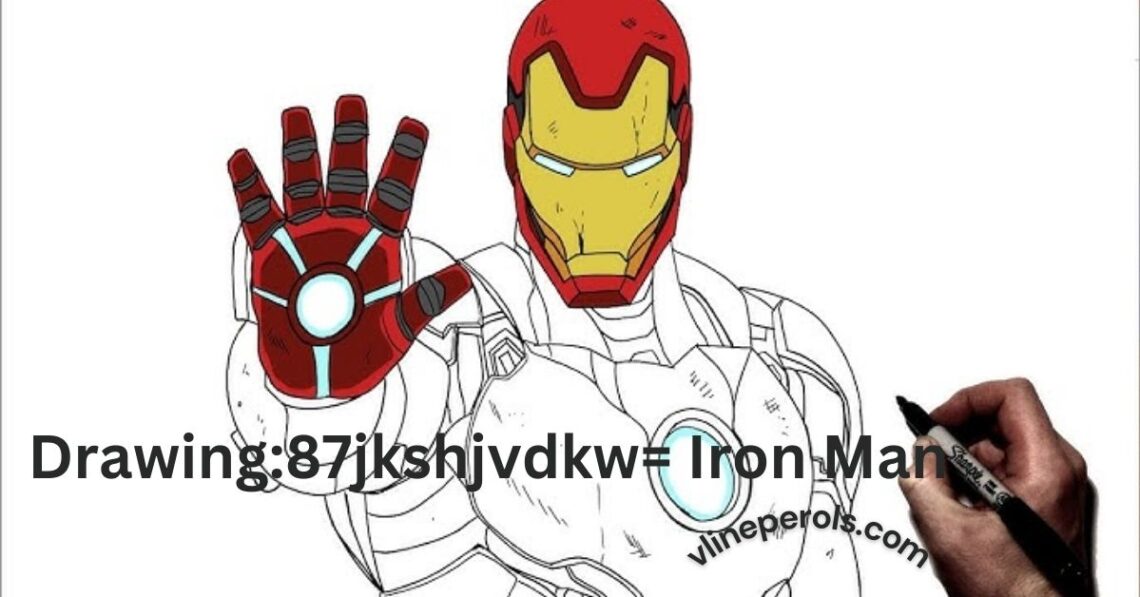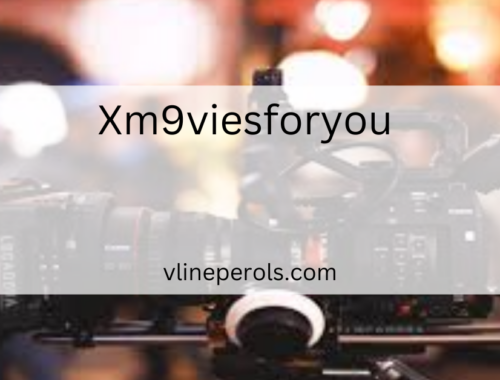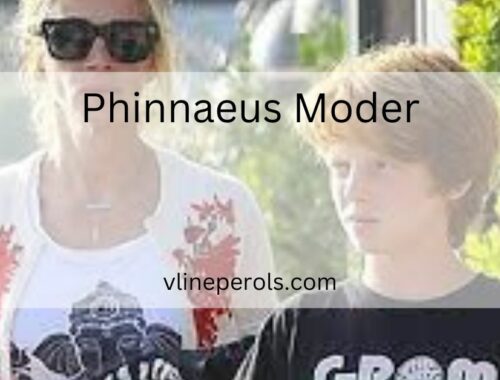
Drawing:87jkshjvdkw= Iron Man: Ultimate Guide for Beginners and Pros
Creating a realistic and detailed drawing of Iron Man can be challenging yet incredibly rewarding. Whether you’re a beginner or an experienced artist, this guide will help you master drawing:87jkshjvdkw= Iron Man with essential techniques, insights, and tips. This article will break down the fundamentals of drawing Iron Man, provide step-by-step instructions, and offer unique interpretations that go beyond typical tutorials. With Google-optimized content, this guide is crafted to help you achieve a standout Iron Man drawing and rank well in search results.
When it comes to superheroes, few are as iconic as Iron Man. With his high-tech armor, sleek design, and strong personality, Iron Man is a popular character to draw. Creating an impressive drawing of Iron Man can be both rewarding and challenging. This guide will walk you through the techniques, tools, and insights needed to excel in “drawing:87jkshjvdkw= Iron Man,” targeting every aspect from initial sketches to final details.
Understanding the Essence of Iron Man’s Design
Iron Man’s design is both modern and intricate, featuring numerous interlocking armor pieces and a distinct metallic look. Created by Marvel, Iron Man’s look evolved to give a sense of sophistication and high-tech engineering, emphasizing his role as both a superhero and a genius inventor.
Iron Man’s design is defined by:
- Complex Armor: The suit’s details include distinct segments that provide mobility while maintaining a sturdy, protective shell.
- Signature Arc Reactor: This bright, circular component on Iron Man’s chest is a source of power and a defining visual element.
- Helmet and Face Plate: The helmet is almost expressionless but has a distinct eye shape and jawline, creating a commanding presence.
By studying these features, you can better understand the key elements to emphasize in “drawing:87jkshjvdkw= Iron Man.”
Essential Tools and Materials for Iron Man Drawing
Choosing the right tools is crucial for creating a polished, professional Iron Man illustration. Here’s a list of recommended materials:
- Graphite Pencils: A range of pencils (from H to B grades) will give you the flexibility to sketch, add detail, and shade.
- Kneaded Eraser: For precise erasing without damaging the paper, use a kneaded eraser, which is perfect for refining details.
- Smooth Drawing Paper: A smooth surface makes it easier to render sharp lines and subtle shading.
- Fine Liners and Markers: If you plan to outline Iron Man’s armor, fine liners in varying sizes (such as 0.1, 0.3, and 0.5) are useful.
- Colored Pencils or Markers: For adding the iconic red and gold tones, high-quality colored pencils or alcohol-based markers work best.
- Ruler and Compass: Precision tools like a ruler and compass are great for maintaining symmetry in Iron Man’s armor plates.
Optional Tools:
- Blending Stumps: Ideal for blending shading in larger areas like the torso and helmet.
- White Gel Pen: Use this for highlights, especially on Iron Man’s armor edges and around the arc reactor.
Step-by-Step Guide to drawing:87jkshjvdkw= Iron Man
Creating a structured plan before starting your drawing helps immensely. Follow this comprehensive step-by-step guide:
Step 1: Outline the Basic Structure
Start by drawing simple shapes to represent Iron Man’s body proportions. Use circles and rectangles to map out the head, torso, arms, and legs. This “skeleton” helps maintain accurate proportions.
Step 2: Sketch the Armor Sections
Iron Man’s armor is segmented, so draw the main parts of his armor, such as the chest plate, shoulder pieces, and thigh guards. These initial sketches should be basic; focus on placement and symmetry.
Step 3: Define the Helmet
The helmet is one of the most recognizable parts of Iron Man. Start by drawing a rough outline of the helmet shape, then add key details like the eye slits and the outline of the jaw area. Make sure the eyes have a slightly narrowed look for a fierce, focused expression.
Step 4: Add Details to the Arc Reactor
Positioned in the center of Iron Man’s chest, the arc reactor is a circular, glowing element. Start by drawing a circle, then add concentric layers inside it. Make sure to leave space for “glow” effects, as this will make it look powerful and dynamic.
Step 5: Refine Armor Details
Each section of Iron Man’s armor has edges, bolts, and panels. Go through each section of the armor and add finer details, such as bolts along the edges, seams, and overlapping panels.
Step 6: Finalize the Pose and Action Lines
To bring Iron Man to life, position his arms and legs as if he’s in motion. Even a subtle tilt or arm raise can make your drawing more dynamic.
Key Terms: “drawing Iron Man’s armor structure,” “Iron Man helmet drawing techniques,” “arc reactor illustration”
Techniques for Accurate Proportions and Details
Accurate proportions are essential to make Iron Man look realistic. Here are techniques to keep your proportions accurate as you draw:
Use Guidelines
Draw vertical and horizontal lines on your page as reference points. These help maintain symmetry, especially with Iron Man’s torso and helmet.
Reference Images
Use multiple reference images of Iron Man to understand how different parts of his armor look from various angles.
Break Down Complex Shapes
Each part of Iron Man’s suit can be simplified into basic shapes. For example, the helmet can be broken down into a series of lines, rectangles, and triangles.
Key Terms: “proportion techniques for Iron Man drawing,” “accurate guidelines for superhero art,” “Iron Man reference drawing”
Bringing Iron Man’s Armor to Life: Detail Tips
The details in Iron Man’s armor are crucial for realism. Here’s how to add authenticity to your drawing:
Texture and Material
Iron Man’s armor has a metallic texture. To create this effect, use short, directional strokes along the armor’s surface. Avoid blending these strokes, as this creates a harder, shinier look.
Highlight Mechanical Elements
Mechanical elements like small bolts, screws, and armor joints make Iron Man’s suit appear functional. Draw these tiny details on the shoulders, elbows, knees, and around the chest reactor.
Focus on Key Areas
Some areas naturally draw more attention, such as the chest reactor, helmet, and hands. Spend extra time detailing these parts.
Key Terms: “realistic armor detailing,” “mechanical drawing techniques,” “Iron Man metallic texture”
Advanced Techniques for Iron Man’s Lighting and Shading
Lighting is essential for conveying the metallic and futuristic look of Iron Man’s armor. Here are advanced shading techniques:
Identify Light Sources
Determine the primary and secondary light sources before you begin shading. This could be a light from above (for general highlights) and the arc reactor (for inner light).
Use Contrast
Strong contrast between light and shadow is vital for creating a metallic look. Use hard shading lines where armor plates meet and softer shading for curved areas like the arms.
Adding Glow Effects
For the arc reactor and eyes, leave a slight glow effect by shading lightly around these areas, then gradually increase the shading as you move outward.
Key Terms: “shading techniques for Iron Man,” “metallic lighting effects,” “Iron Man glow effect”
Coloring Iron Man: Choosing and Applying Colors
Iron Man’s armor is iconic for its bold red and gold colors. Follow these tips for accurate coloring:
Choosing Colors
Use a deep, bold red for most of the armor and a bright gold for the secondary sections. Avoid using pure colors; instead, use slightly desaturated shades for a more realistic look.
Layering Colors
Apply multiple layers of the same color to achieve depth, especially on curved areas of the armor.
Adding Reflections
Use a white pencil or gel pen to add highlights and reflections, particularly on the edges and curved parts of the suit.
Key Terms: “Iron Man color palette,” “layering techniques in coloring,” “adding highlights to superhero art”
Common Mistakes and Troubleshooting Tips
Mistakes can be learning opportunities. Here are common issues and solutions:
Mistake: Disproportionate Head or Hands
Solution: Use guidelines to keep track of size relationships between different body parts.
Mistake: Over-Blending
Solution: For metallic looks, keep shading crisp rather than overly blended.
Mistake: Flat Look
Solution: Use contrast and shading in areas like the chest, shoulders, and helmet edges to add a 3D effect.
Key Terms: “common Iron Man drawing mistakes,” “how to troubleshoot Iron Man drawings,” “fixing superhero art errors”
FAQs
How can I begin drawing:87jkshjvdkw= Iron Man as a complete beginner?
Start by sketching basic shapes to form Iron Man’s head, torso, arms, and legs. Practice each section separately before combining.
What is the best color choice for Iron Man’s armor?
Iron Man’s suit is traditionally red and gold. You can experiment with darker shades for a more realistic appearance.
How do I achieve the metallic effect in Iron Man’s armor?
Use hard shading lines and contrast between light and dark areas to create a reflective, metallic look. Highlight edges with a white pencil.
How do I make the arc reactor look like it’s glowing?
Draw a light shading halo around the reactor and keep the inner circle clean. Use a white gel pen or highlighter to emphasize the glow.
Conclusion
Creating a standout drawing:87jkshjvdkw= Iron Man is an exciting journey that combines precision, creativity, and technique. This guide offers structured steps, insights, and tips to make your Iron Man drawing detailed, lifelike, and engaging. Whether you’re drawing Iron Man for fun or aiming to refine your art skills, this guide equips you with everything you need for an impressive Iron Man illustration.
You May Also Like

Xm9viesforyou – Step Into The World Of Entertainment!
May 14, 2024
Unveiling Phinnaeus Moder: A Glimpse into the Life of Julia Roberts’ Son
March 13, 2024

